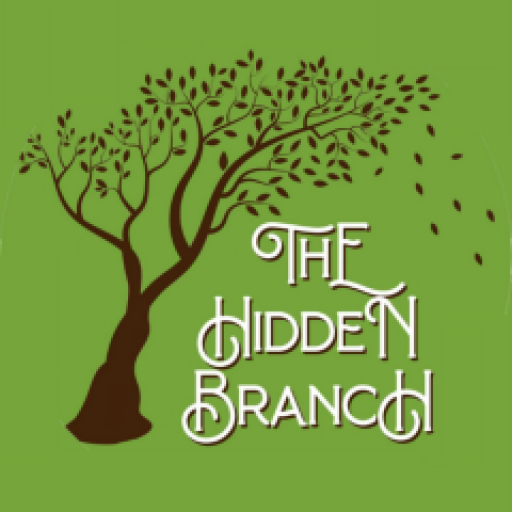Welcome back to Tuesday Tips! This is number 24 in the Tueday Tips series, and this week’s tip is how to transcribe records. When I started researching seven years ago, I had no idea how to transcribe documents that I’ve found, but it’s not that difficult. Learning how to transcribe records is vital in Genealogy, especially if you want to make a living from Genealogy.
The basics
Always transcribe a record as written on the original document. Don’t add out your interceptions on what words mean to your transcription. This includes misspelling, abbreviations, or translations of a name.
A note can be added, by using brackets like “Pat [Patrick] Elias”. Only do this for information that is proven or well known to be true like Wm being short for William.
Make sure, to have a description of the document before or after the transcription that notes any tears, smudges. If the record has a big X through it or if the information is blacked out.
If you can figure out what a word says then there are two things you can do, first if you know how many letters there are in the word you can but question marks like Chud???. If you don’t know how many letters are in a word you could use an underscore, like Ber___.
Another use for brackets is if you can’t read a whole section, in that case, you can write [unintelligible]. Brackets can also be used to note whether a word has been crossed out, and or faded
Hopefully, you got something out of this and will start to practice transcribing, and until next week have fun!
